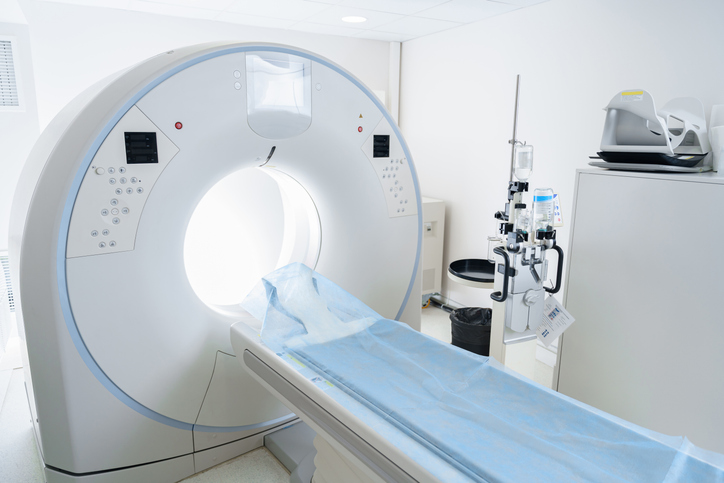
College football players who rapidly gain weight and develop high blood pressure (BP) have an elevated cardiovascular risk, according to a study published in JAMA Cardiology.
“Former US football athletes are at increased risk of cardiovascular (CV) morbidity and mortality compared with the general population and other professional athletes,” the researchers authors wrote. “However, responsible maladaptive CV phenotypes have not been fully characterized.”
In this study, researchers assessed 126 athletes (62 white, 63 black, 77 nonlinemen, 49 linemen, mean BP, 129.1) recruited as freshmen from two National Collegiate Athletic Association Division I programs between June 2014 and June 2017. The athletes were analyzed multiple times through the duration of three completed years of college football participation, with follow-ups ending in January 2019. Exclusion criteria was defined as players who did not complete any season of training due to injury, illness, or leaving the team.
The study exposure of interest was the CV effects training, competition, and training environment. The key endpoint was specified as left ventricular mass index and geometry (cardiac structure), early diastolic myocardial relaxation velocity (E′; diastolic function), and pulse-wave velocity (arterial stiffness). The researchers recorded all factors associated with clinically assessed CV risk using transthoracic echocardiology, and by vascular applanation tonometry.
Weight Puts a Strain on the Heart
After adjusting for race, height, and player position, the results of the study showed there were significant increases in weight, systolic BP, and pulse-wave velocity among the players, and notable declines in E′ across three full years of US football participation. Overall, the researchers observed that weight gain was associated with both arterial stiffening (increased pulse-wave velocity, β = 0.01 [SE, 0.004]; P = .003) as well as the development of concentric left ventricular hypertrophy (OR=1.09 95% CI, 1.05 to 1.14]; P < .001), and increased systolic blood pressure was linked with arterial stiffening (β = 0.01 [SE, 0.003]; P = .007) and the development of concentric left ventricular hypertrophy (OR=1.04 95% CI, 1.01 to 1.07]; P = .02).
A maladaptive CV phenotype emerged and progressed over several years of collegiate US #football participation https://t.co/bLyybM2gBI
— JAMA Cardiology (@JAMACardio) October 16, 2019
“We started studying football players 15 years ago and over a series of papers have looked at single issues — weight gain, heart structure, and high blood pressure,” said Aaron L. Baggish, MD, director of Massachusetts General Hospital’s (MGH) Cardiovascular Performance Program and the study’s lead author in a press release about the study. “Those papers have started to tell a story, but this is the first study to tie it all together.”
https://twitter.com/clin_owl/status/1184519834010374157?s=20
The very latest from Dr. Aaron Baggish of the #MGH Cardiovascular Performance Program, on why linemen may also see cardiac problems down the line: https://t.co/WAEBetnUXb
— Mass General Heart (@MGHHeartHealth) October 16, 2019







 © 2025 Mashup Media, LLC, a Formedics Property. All Rights Reserved.
© 2025 Mashup Media, LLC, a Formedics Property. All Rights Reserved.